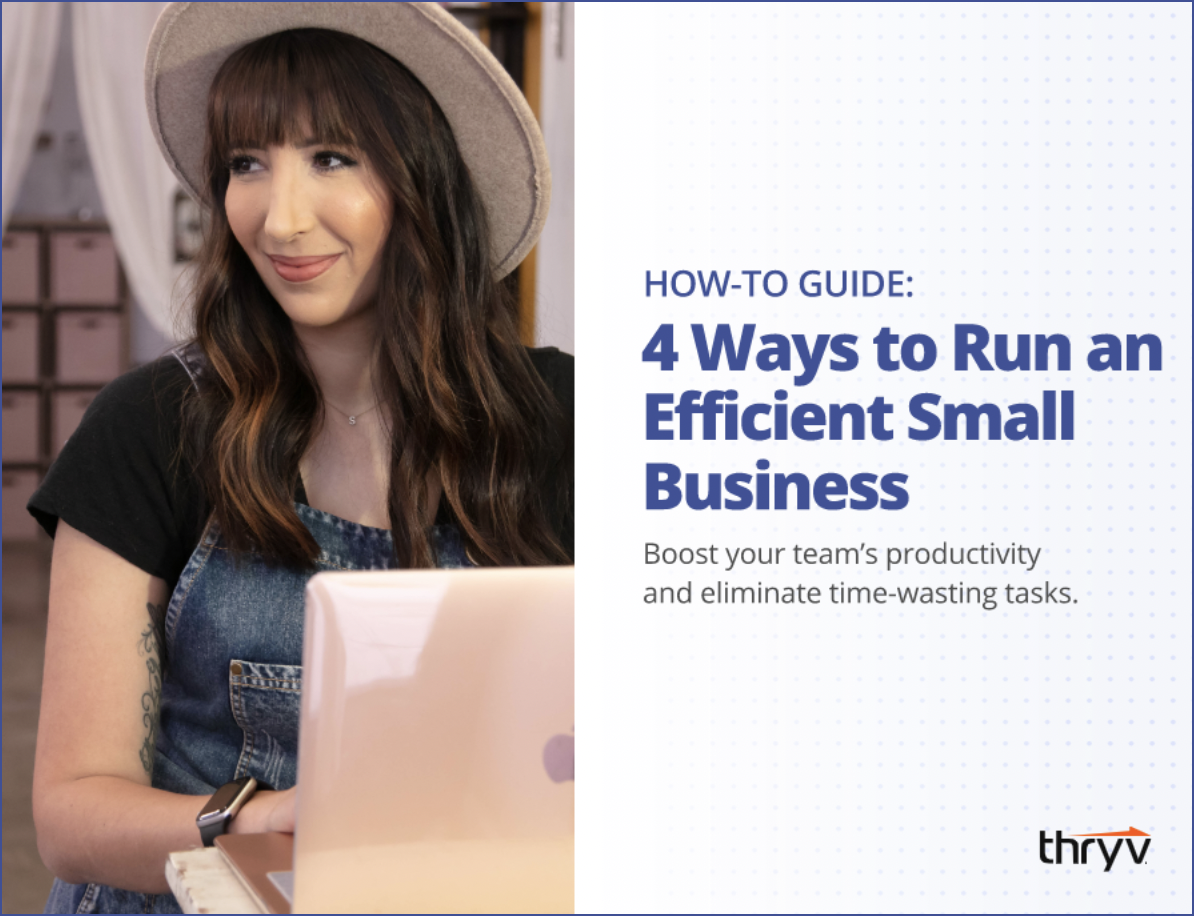From trailblazers like Estée Lauder and Coco Chanel, to modern-day leaders like Indra Nooyi and Sophia Amoruso, women have been at the forefront of innovation and business success throughout history.
Despite facing systemic barriers and discrimination, women have continued to break through glass ceilings and pave the way for future generations.
Free: Online Presence Scan
See how your business compares to the competition and find out what customers are saying about you.
Try NowLet’s explore and celebrate the stories and accomplishments of some of the most inspiring women entrepreneurs who left a lasting impact on the business world.
10 Successful Business Women
-
- Madam C.J. Walker
- Mary Kay Ash
- Sara Blakely
- Peggy Cherng
- Oprah Winfrey
- Whitney Wolfe Herd
- Emily Weiss
- Ellen Latham
- Lisa Price
- Vera Wang
These are 10 of the most successful women in business history. Read on to learn where they started and how they differentiated themselves from others.
1. Madam C.J. Walker
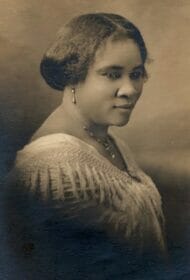
This name might sound familiar as Netflix released a series based on her life titled Self Made.
Madam C.J. Walker was the first self-made millionaire in the United States. Born Sarah Breedlove in 1867, she created a line of hair care products specifically designed for Black women, which revolutionized the beauty industry.
Her products were not only effective, but they also empowered Black women to embrace their natural hair and take pride in their appearance. With a keen sense of marketing and business understanding, she built a vast network of sales agents who helped distribute her products to a wider audience.
Through hard work and determination, Madam C.J. Walker built an empire that not only created her own wealth, but also provided economic opportunities for thousands of other Black women.
Despite facing significant challenges as a Black woman in the early 20th century, Madam C.J. Walker’s unwavering determination and entrepreneurial spirit allowed her to achieve remarkable success. She not only shattered gender and racial barriers, but also used her wealth and influence to support various philanthropic causes. From funding scholarships to supporting the NAACP, Madam C.J. Walker’s legacy extends far beyond her business achievements.
Her story is an inspiration to aspiring entrepreneurs, especially women and people of color, who continue to face systemic barriers in the business world today.
2. Mary Kay Ash
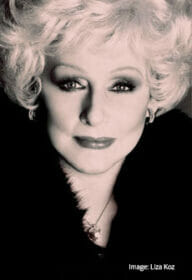
Looking to create a business that would empower women, Mary Kay Ash founded Mary Kay Cosmetics in 1963 with a $5,000 investment. Her philosophy of putting people first, recognizing and celebrating the achievements of others, and giving back to the community allowed her to build a successful brand that still thrives today.
Ash’s leadership style inspired her sales force of beauty consultants to achieve their goals, and her business model provided them with opportunities for financial independence and personal growth. Her commitment to women’s empowerment and entrepreneurial spirit made her an icon in business.
Thanks to her innovative approach, Mary Kay Ash became one of the most successful female entrepreneurs of her time. She received numerous awards, including the Horatio Alger Award, which recognizes individuals who have overcome adversity and achieved success.
With innumerable consultants still making sales today, it’s clear that Mary Kay Ash’s legacy continues to inspire women worldwide to pursue their dreams and make a difference in their communities.
3. Sara Blakely

Sara Blakely is another shining example of a successful female entrepreneur with just $5,000 and a dream. Blakely is the founder and CEO of Spanx, a clothing company specializing in shapewear and leggings. Her journey to success began in 2000 when she launched Spanx, a shapewear company for women.
After failing to give up when she struggled to get her products into stores, Blakely landed a deal with Neiman Marcus, which became a game-changer for her business.
Today, Spanx is a global brand that has sold millions of products and generates about 75$ million in revenue each year.
Blakely’s success can be attributed to her innovative product design, tenacity in the face of rejection, and ability to create a brand that resonates with consumers globally.
She has also been a champion for female entrepreneurship and philanthropy, using her success to support other women in business and to give back to her community.
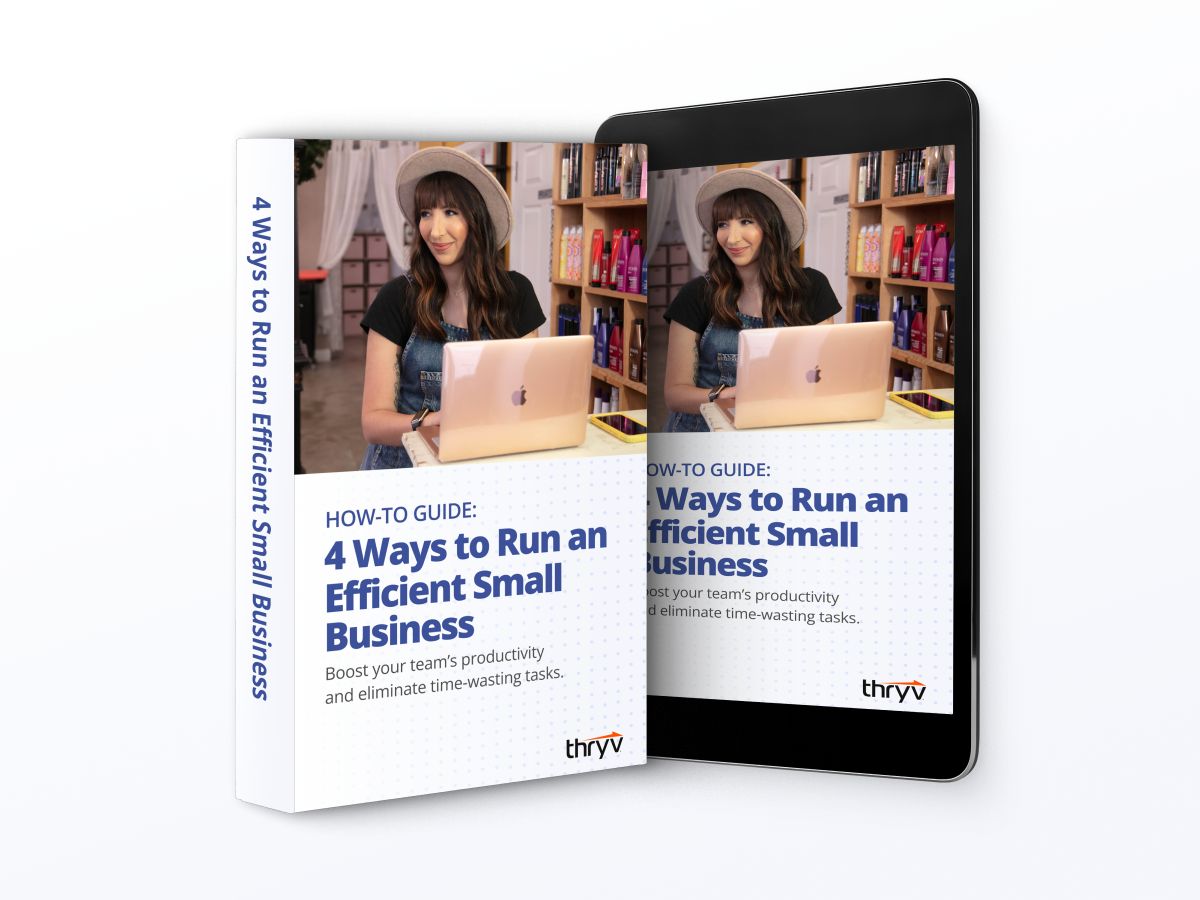
The Guide to Running an Efficient Small Business
We’re sharing our expert tips to help you boost productivity, eliminate time-wasting tasks, and more in this free guide.
4. Peggy Cherng

In 1973, Peggy Cherng was an engineering student at the University of Missouri. At the same time, her father and husband purchased Panda Inn, a Chinese restaurant in Pasadena, California.
After helping out on weekends, Peggy stepped away from building CAT scan machines and battle simulators for the Navy to handle the company’s business end. She built one of the first point-of-sales systems, and innovated training and recruitment processes at the restaurant. She also tracked inventory on computers and collected customer reviews to improve operations.
In the 1980s, Panda Express made its first appearance in a mall food court. A mall developer had eaten at the Panda Inn and thought it would be a good spot for the Cherngs to expand their business. The move was incredibly successful and helped propel Cherng to become the company’s president in 1997.
According to Panda Express, the company generates about $3 billion in sales. It has over 2,000 locations worldwide and is “the largest family-owned and operated Asian dining concept in America.”
5. Oprah Winfrey
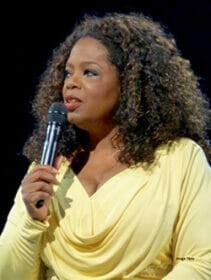
Oprah became a household name after co-anchoring the evening news at 19 and going on to create a media empire. Her story is a testament to what is possible when you are willing to take risks, work hard, and never give up.
After moving to Chicago and turning a failing talk show into a national phenomenon, she created her own production company, Harpo Productions, which includes television, film, publishing, and even a cable network. She then launched her own magazine, O, The Oprah Magazine. O rakes in a hefty $25-$50 million per year due to her diversified media companies.
Successful Female Entrepreneurs
Below are five female entrepreneurs who started small and grew their companies into household names.
6. Whitney Wolfe Herd

Let’s shake up this list with a woman who kicked down the door in a male-dominated field: tech. Even if you don’t know her name (yet), you surely have heard of (and maybe joined) a few of her apps.
Whitney Wolfe Herd co-founded Tinder, the popular dating app, before leaving to start her own company, Bumble.
With Bumble, she created a platform that empowers women by giving them control over initiating conversations where they match with men. Her innovative approach to online dating has made Bumble a household name, and the company is now valued at over $2 billion.
Wolfe Herd’s success has not gone unnoticed. In 2018, she was recognized as one of Time’s 100 Most Influential People and Forbes’ 30 Under 30 in 2017 and 2018.
Wolfe Herd’s success extends beyond Bumble. She has also become a prominent voice in the tech industry, advocating for gender equality and women’s rights. She has spoken out against sexual harassment and discrimination and has taken action to ensure that Bumble’s workplace culture is inclusive and supportive of all employees.
Wolfe Herd’s leadership has set an example for other female entrepreneurs, showing that it’s possible to succeed in a male-dominated industry through hard work, innovation, and a commitment to social responsibility.
7. Emily Weiss

Emily Weiss is the founder and former CEO of Glossier, a cosmetics company launched in 2014. But, before Glossier was even a company, it was Into the Gloss, a popular blog that published interviews with beauty influencers and honest reviews of their products.
By 2013, Weiss’s blog had over 2 million monthly readers, 60% of whom went directly to her website to read her content. Her readers didn’t come from online ads or purchased email lists; they were hooked on her blog posts and wanted to check out the next thing she would publish.
In 2014, Weiss launched Glossier, which advertised directly on Into the Gloss. Soon, Glossier began to eclipse Into the Gloss. With the rise of social media sites like Instagram and TikTok, Weiss saw an opportunity to shift the brands to social media.
Today, Into the Gloss has over a million followers on Instagram, and Glossier generates about $75 million in sales. Not bad for a 25-year-old intern who decided to buy a used camera for a couple of hundred bucks.
8. Ellen Latham

Ellen Latham is the founder of Orangetheory Fitness, a fitness club that was established in 2010 and has over 1,500 locations across the U.S.
Latham began her career as a physiologist. At 40, she had her dream job at a high-end spa in Miami. Then, things took a turn when she was fired and forced to move on.
Latham was resilient. She launched a very successful Pilates studio called Ellen’s Ultimate Workout, which catalyzed her business today. After building a loyal following in her Ft. Lauderdale community, she met her business partner Jerome Kern, and together they opened the first Orangetheory.
Orangetheory Fitness now generates approximately $1 million in revenue each year.
9. Lisa Price

Lisa Price started Carol’s Daughter in Brooklyn, NY, in 1993. She sold haircare products that catered to various hair textures and curl types at flea markets and festivals, eventually opening her first boutique in 1999.
In 2000, Price’s company was one of the first haircare brands to sell directly to consumers. In 2002, she appeared on the Oprah Winfrey Show to promote her line of products.
Like many brands that appear on Oprah, Carol’s Daughter took off with success. It brought in over $2 million in sales and helped Price open a new store in Harlem in 2005. Carol’s Daughter was also featured on the Home Shopping Network and Target before being acquired in 2014 by L’Oreal USA.
10. Vera Wang

Before Vera Wang was designing bridal wear, she was one of the youngest editors to work at Vogue magazine. From there, she went on to work for Ralph Lauren before leaving the company to start her career as a bridal designer.
Her business opened in New York in 1990, and by 1993, she had been working with celebrities like Mariah Carey. Wang would also design attire for Gwen Stefani, Ariana Grande, and figure skater Nancy Kerrigan for the 1992 and 1994 Olympic Games.
Wang’s success extended beyond just bridal wear. She’s crafted gowns for red-carpet events, costumes for figure skaters, and, eventually, casual “ready-to-wear” clothing featured in TV series like “Sex and the City.”
The Vera Wang brand generates about $74 million each year, and Vera Wang is considered to be one the richest, self-made women in the world.
Women in Business: Statistics
I mentioned earlier that women have been at the center of business innovation. Here are a few stats to back that up:
- Women-owned businesses in the U.S. generate more than$2 trillionin total sales each year.
- Women-owned businesses employ over 9.4 million workers.
- Women in the United States own 42% of small businesses.
- Revenue growth for women-owned businesses increased by 27% between 2019 and 2023.
- There are nearly 40,000 women-owned businesses with 50+ employees.
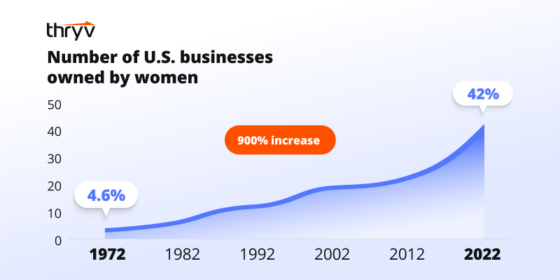
Related Article: READY TO MAKE HISTORY? 6 RESOURCES FOR WOMEN-OWNED BUSINESSES
Recognizing Women in Business
Needless to say, women entrepreneurs have made significant contributions to the business world and continue paving the way for future generations of women to follow in their footsteps.
As we celebrate Women’s History Month, let us not forget the remarkable achievements of groundbreaking women and continue to support and empower other women in entrepreneurship. Doing so can create a more equitable and inclusive society for all.
If you’re looking to start making your own history, we’re here to help. Check out The Guide to Running an Efficient Small Business for the practical tips and expert advice you’ll need to organize your business, boost efficiency, and get one step closer to achieving the success of the women entrepreneurs who came before you.
